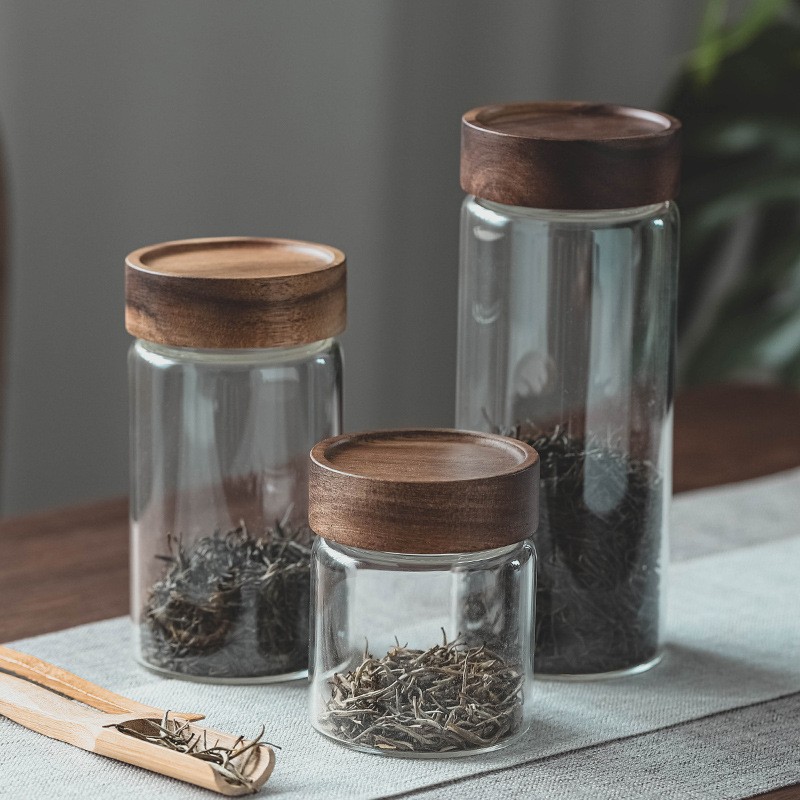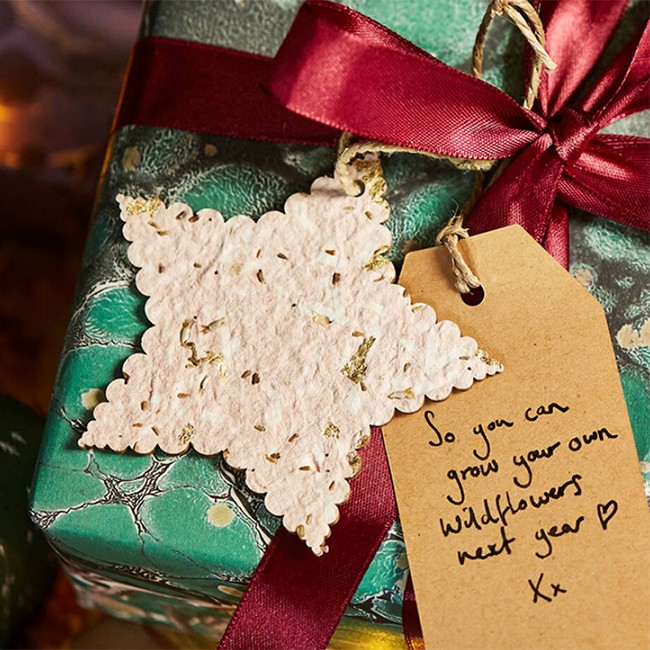If you sell fragile items like light bulbs, glassware, ceramics, or electronics, you know how crucial proper packaging is to prevent damage. Here are some tips on choosing the right packaging materials for fragile products.
What Are Fragile Items?
Fragile items are easily damaged during shipping if mishandled or exposed to harsh conditions. These items often have delicate structures or are made from materials that can't withstand pressure, making them prone to breakage, cracking, or other damage. They might include glass, ceramics, precision electronics, or certain types of plastic sensitive to temperature changes.
Examples of Fragile Items
Many items are prone to damage during shipping due to their fragile nature:
- Glassware - Includes items like wine glasses, vases, and glass decorations that can crack or break easily.

- Ceramics - Includes dinnerware, pottery, figurines, and tiles, which can break or crack without proper cushioning.
- Wine and Liquor Bottles - Glass bottles can break, leading to leaks and loss, and temperature fluctuations can affect quality.
- Mirror Items - Mirrors and mirrored furniture can break easily and need protective packaging.
- Electronics - Devices like smartphones, laptops, and cameras have sensitive components that can be damaged by rough handling or extreme temperatures.
- Porcelain - Fine porcelain and decorative pieces are very delicate and should be individually wrapped and cushioned.
- Musical Instruments - These are delicate and expensive to repair, needing sturdy cases and padding to prevent damage.
- Antiques - Items like furniture and clocks are irreplaceable and require special packaging to avoid wear and environmental damage.
- Art - Paintings and sculptures need careful packaging due to their value and sensitivity to environmental changes.
- Collectibles - Items such as comic books, stamps, and coins have both sentimental and monetary value and need careful packaging to prevent damage.
- Lighting Fixtures - Items like chandeliers have fragile parts and may need special packaging or partial disassembly.
- Optical Equipment - Binoculars, telescopes, and microscopes require careful packaging to prevent misalignment and lens damage.
- Crystal - Crystal items like glassware are even more fragile than glass and require careful packing.
- Marble and Stone - Despite their weight, marble and stone are brittle and need proper protection to avoid cracking.
- Aerosol Cans - These are pressurized and must be packaged according to hazardous materials guidelines to prevent explosions.
Choosing Packaging Materials
Your choice of packaging depends on the product you are shipping. Plastic can be flexible and durable but might crack under pressure, exposing your items to damage. Instead, use sturdy double-walled
cardboard boxes for better protection and environmental appeal.
- Cushioning Materials: Use materials like cardboard (corrugated, honeycomb), paper, bubble wrap, foam boards, and expanded polyethylene to absorb shock and protect items from direct contact with the outer packaging.

- Internal Packaging: For complex or multi-part items, use internal packaging like foam inserts, cardboard dividers, or molded pulp trays to secure and minimize movement during shipping.
- External Packaging: Choose durable external packaging to withstand impacts. Corrugated cardboard boxes are commonly used for their strength and shock absorption. Reinforced corners or double-walled boxes offer extra protection.
Other Considerations
- Environmental Impact: Choose sustainable materials to appeal to eco-conscious consumers. Opt for recyclable cardboard instead of cheap plastic.
- Packaging Costs: While cheap packaging might seem economical, it can lead to higher costs if products are damaged, affecting your brand reputation and customer satisfaction.
- Packaging Size: Select the right size packaging to fit your fragile items, as this can affect shipping costs.
- Aesthetics: Well-designed packaging can boost sales. For retail products, attractive packaging that aligns with your brand can encourage repeat purchases.
Labeling and Branding
Seal packages properly with tape, glue, or staples to prevent openings or tears. Use durable sealing methods to withstand moisture, temperature, and pressure. Clearly label packages with contents, destination, and handling instructions to inform carriers and customers.
Incorporate branding elements such as logos, colors, and designs to enhance brand identity and customer experience. Adding personal touches like
thank-you notes or coupons can create a positive impression and encourage repeat business.



